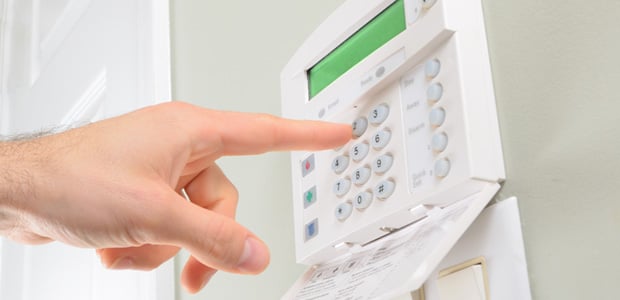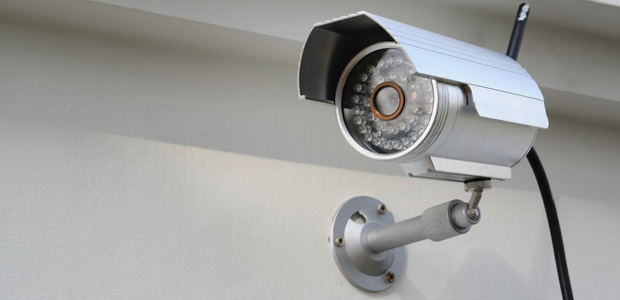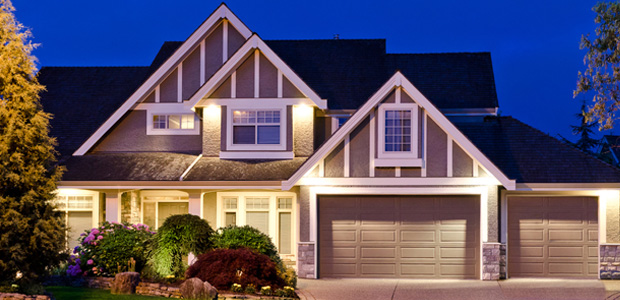
1. Give Your Home an Occupied Look
Most thieves visit neighborhoods looking for houses that appear undefended and unoccupied. An important part of home security is making your home look occupied at all times.One big clue that you’re out of town is piling newspapers. Never allow newspapers to accumulate in your front yard.
Interior lights are also important in making your home look occupied. Not only should some lights be on, but the array of lights should change just as if you were home. The easiest way to do this is with timers.
Another very simple way to make your house appear occupied is to leave a TV or radio playing. Make sure the volume is loud enough to deter anyone from approaching your doors or windows.
Leaving a car in the garage or driveway can also be a deterrent. Ask a neighbor to park in your driveway if you’re going on a trip and not leaving a car at home.

2. Create Perimeter Defenses
Another important home security measure involves making it difficult to approach your home. In many parts of the world, a wall or fence is the primary home security tactic. But there are some shortcomings. Perimeter defenses sometimes give occupants a false sense of security. Complacency with your home security can lead to sloppiness when it comes to locking doors and windows. Perimeter defenses are most effective when they are monitored by cameras or motion detectors.3. Light Your Entrances
For most homes, perimeter defenses are of little use. Most homeowners assume that their doors and windows are the next lines of defense. But effective lighting can stop burglars from getting that close. Thieves typically don’t want to be seen. Make sure the outside of your home is properly illuminated — especially entry points. Motion detecting lights work best for exterior security lighting.
4. Install Deadbolts and Peepholes on Doors
Doors are a primary focus when it comes to home security. Structural integrity and locks are the main security issues when it comes to your home’s doors.Deadbolts are substantial locks that lock the door into the frame. Deadbolts come in keyed versions, which always require a key. Levered versions are also available which only require a key from the outside. If there is no glass nearby, the levered version is the best option.
Sliding glass doors present a special challenge. The simplest way to secure your glass door is to place a metal bar or broom handle inside the floor track. Screws at the top and bottom of the door control how the door sits on the track. Adjust the screws so the door won’t come free of the track.
Equip your front door with a peephole. A viewing port is an inexpensive device that allows you to check out a visitor before you open the door. Likewise, an intercom can allow you to communicate with a visitor before deciding whether to open the door.
5. Secure Your Home’s Windows
Your home may only have two or three doors, but you likely have a dozen or more windows. Burglars know that there is a good chance that at least one window will remain unlocked.Most standard window locks are easy to pick or force open. Heavier locks will improve your home security. Window pins are another simple, inexpensive security tactic for double-hung windows.
Read more: 8 Steps to Better Home Security
